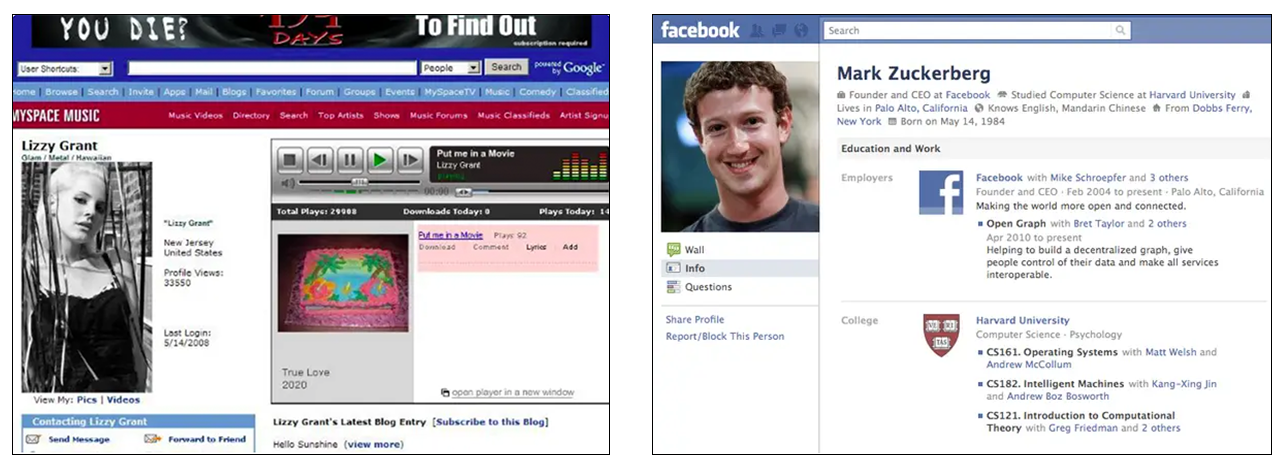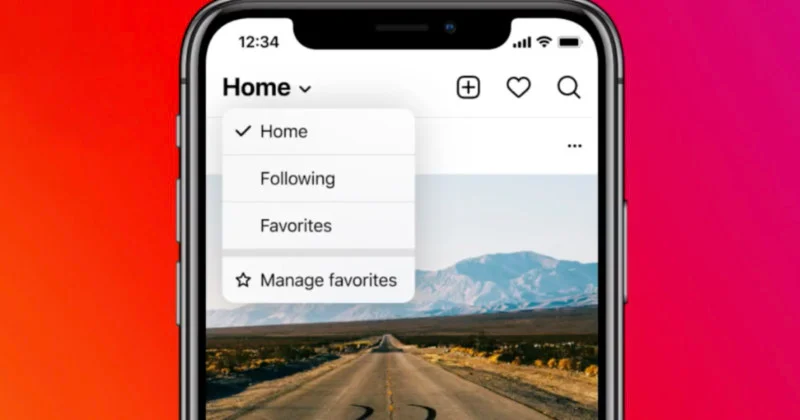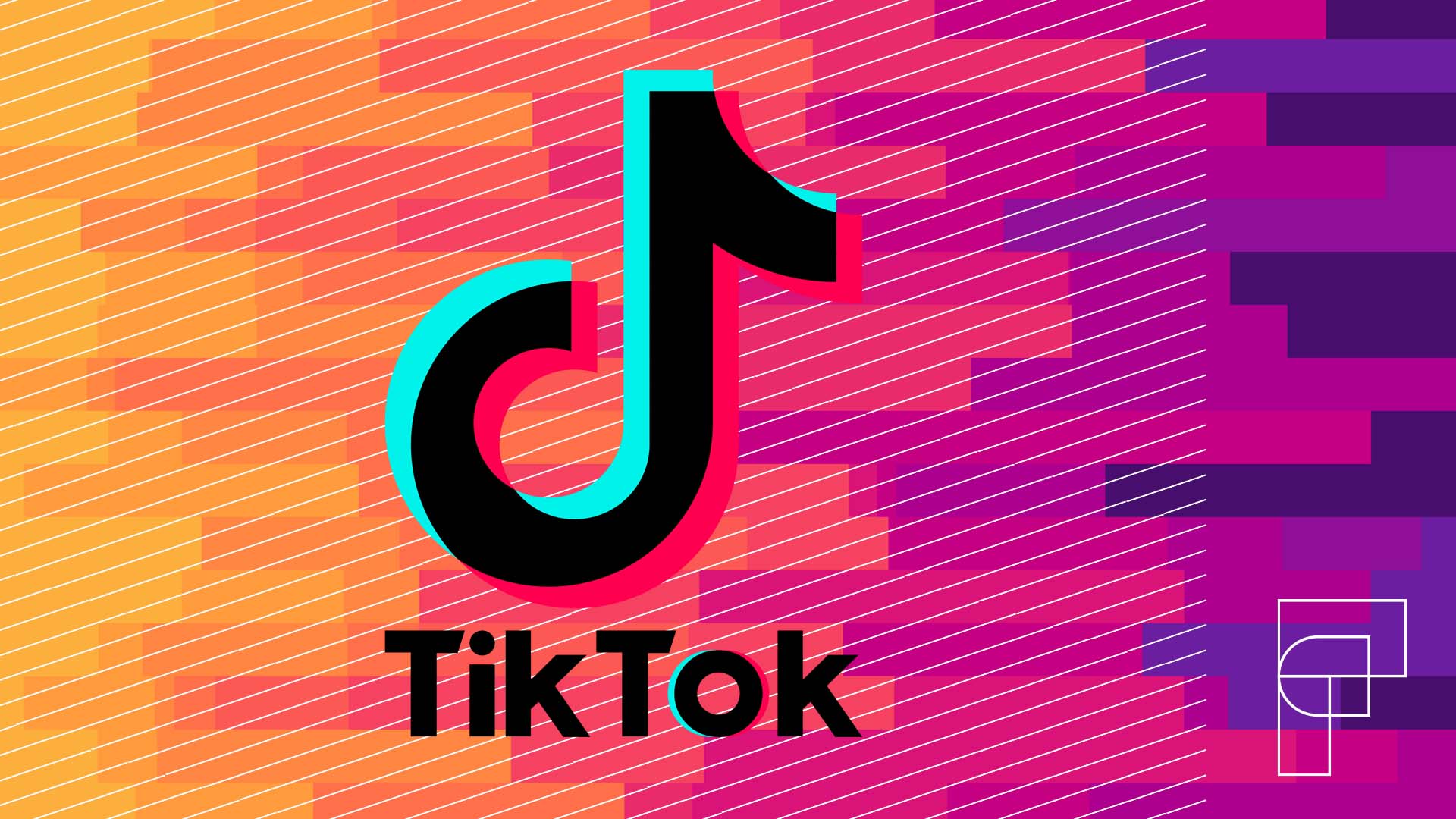
Social Media Platform Evolutions: What We Can Learn
From MySpace to Facebook to TikTok, there’s been quite the evolution of both the functional capabilities of platforms, and what users expect from them.

In a lot of ways, the history of the internet can be chronicled by the rise and fall of dominant social media platforms. From MySpace to Facebook to TikTok, there’s been quite the evolution of both the functional capabilities of platforms, and what users expect from them. While advertisers are always trying to stay on top of things, it may be better to look at consumer sentiment towards social platforms to shape your strategy.

What Platform Type Says About Audience Desires
Evaluating the user experience and content types of social platforms can tell us a lot about what consumers are craving. You can do this by analyzing analytics via platform-to-platform comparisons. For example, the rise in popularity of TikTok and YouTube Shorts made it clear that short form videos were on an upswing. Naturally, this should mean putting an emphasis on this medium when building out campaigns and organic social plans.
It’s also important to see what long-term patterns exist, especially given that there are nuances depending on audience. Case in point: Gen Z are beginning to move towards longer form creator content. So, while a 6 second TikTok could still be the right play coming from a brand’s page, you may want to explore podcast or YouTube video integrations if you are building out an influencer campaign strategy.
Comparing Platforms
Another way to uncover audience desires is by comparing the primary offerings of platforms (as well as tracking how consumers feel about them). People still complain of Instagram moving away from a chronological Feed to an algorithmically based one, while people have an immediate love of TikTok, whose claim to fame is exactly that. What can we learn? That people in part use different social platforms for different reasons.
Instagram rose to prominence for being a fun and easy way to keep track and engage with a personally created list of individuals and entities (by flipping to your ‘favourites’ tab, in the below photo), whereas TikTok is viewed as more of an entertainment platform. There are nuances to this of course, such as the increasing role of ecommerce on both, but the general idea still holds.

Where is the audience?
Obviously, advertisers will go where the people are. However, one should note if the audience growth on a platform is a recent surge or something consistent. As this will indicate the type of content people are after as well. For example, looking at BeReal’s moment of fame, and now the increasing momentum of Bluesky, could indicate an increased desire for content focused on connections rather than entertainment. This doesn’t have to mean signing your brand up for either platform. Instead, consider ways meeting this desire can shine through in already established mediums (i.e. long term mid-sized influencer partnerships to build loyalty; community-building Instagram broadcast channels; putting greater emphasis on responding/re-sharing organic mentions, etc.).
What Platform Selection says about Consumer Values
Advertisers and marketers should also keep an eye on the pulse of social platform usage and sentiment because it will give one insight into consumer values. The most current example of this is the “battle for the new Twitter”. With Threads and Bluesky, a main value that we can glean is people wanting social content that feels authentic, as well as the community mentioned above.
While there’s currently testing on integrating Threads with Meta Ads Manager, currently both platforms are ad free, and sponsored influencer content on Threads is less plentiful and blatant than on its sister platform Instagram. Ad fatigue is real, with 91% of people saying they see “too many ads” on their social platforms of choice. Of course, as advertisers, we can’t exactly just ignore the powerful tool that social media is. In addition, “authentic” gets thrown around so often, it can be reduced to simply a buzzword. But what does it really mean to be authentic on social?
A look at Threads and Bluesky


Ignoring the format similarities (both prioritize short form text, replying to threads, building community), the lack of paid content truly does stand out. And on Bluesky in particular, the relatively small user size elicits a stronger feeling of connection; especially when comparing to entertainment-first TikTok. More than ever, people are seeming to crave experiences and interactions, no matter how small, that make them feel part of an organic community, and that take away all the frills.
Tangible takeaways for marketers
There’s so many ways advertisers and brands can go about this. From switching to a UGC first approach, PR activities that directly relate to and benefit your target (e.g. Ricola Canada’s sampling pop-ups outside the arena during Taylor Swift’s Toronto Eras Tour), and leaning into an “acts not ads” lens can help your brand stand out. Or even switching your tone of voice to focus on emotionally connecting over hard sells with audience is an easy, first step; the more casual and subtle, the better.
As advertisers, there’s nearly infinite avenues that we can utilize general population and audience specific data. Tracking and analyzing trends in social media platform usage and perceptions is only one of many, but can provide numerous insights into consumer mindsets.



